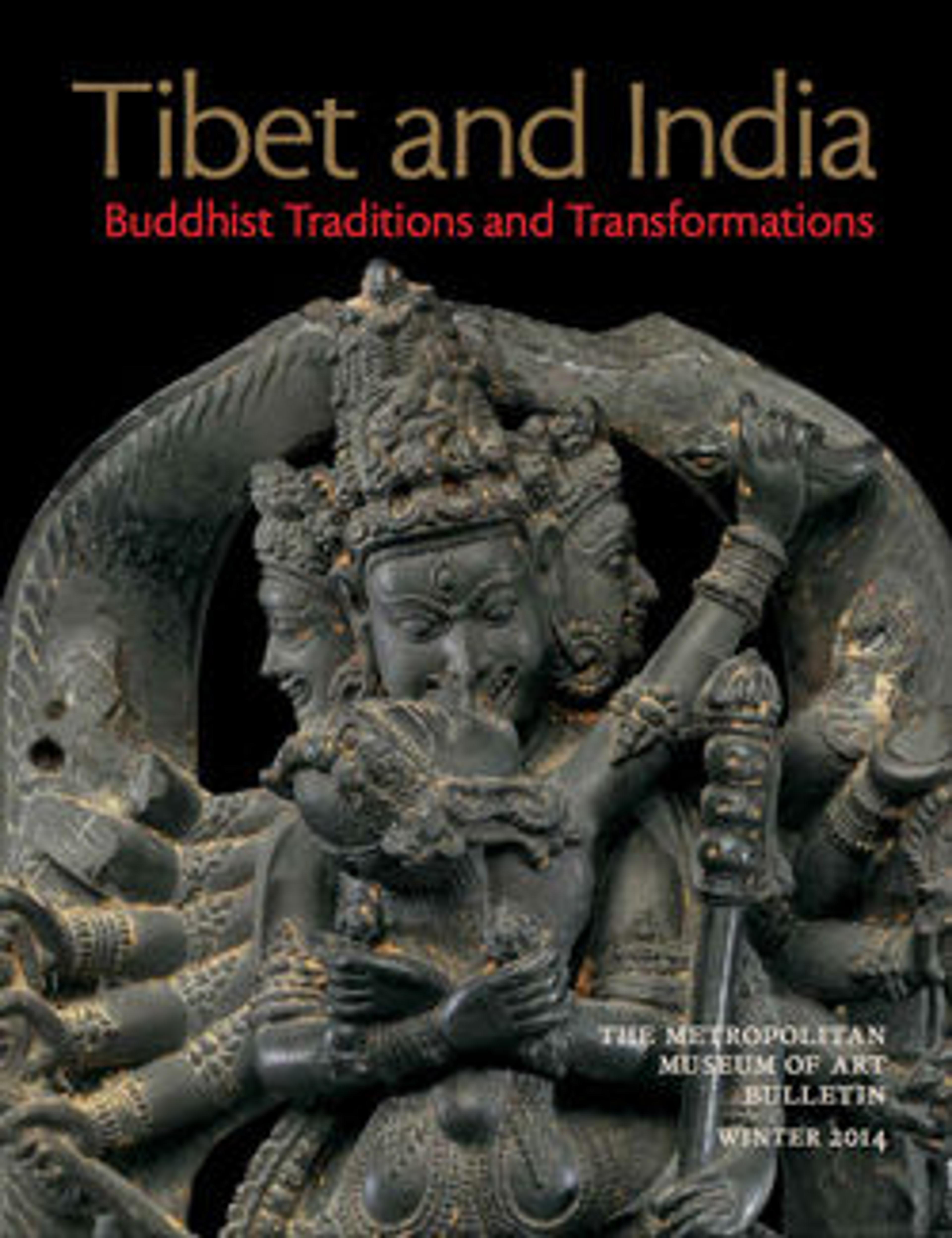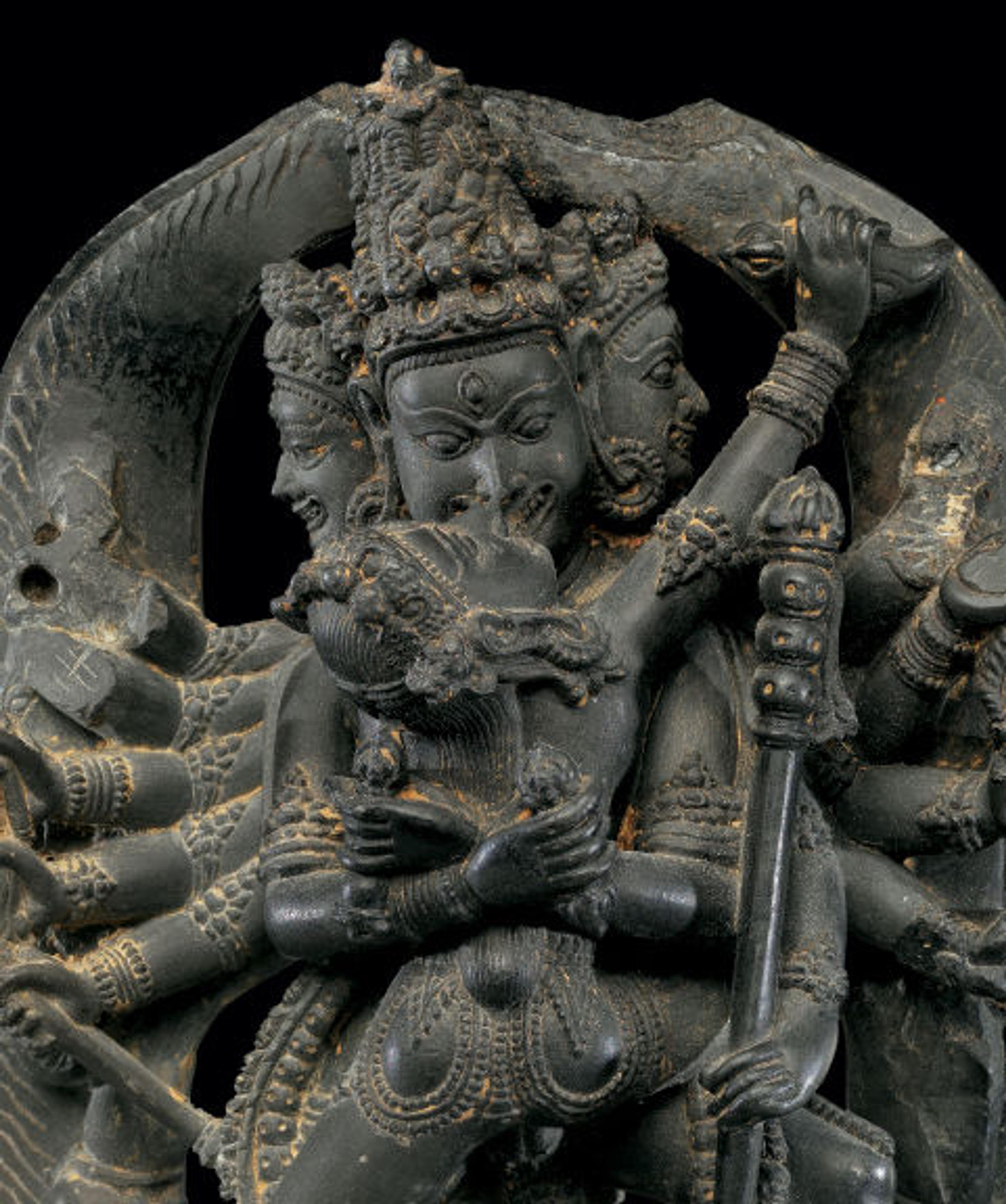
Tibet and India: Buddhist Traditions and Transformations
As Buddhism spread out from north India, the place of its origin in the sixth century BC, the core ideas of this great religious tradition were often expressed through images. This Bulletin and the exhibition it accompanies, "Tibet and India: Buddhist Traditions and Transformations," focus on Indian and Tibetan Buddhist art of the eleventh and twelfth centuries, a period that witnessed both the end of the rich north Indian Buddhist tradition and the beginning of popular Buddhist practice in Tibet. At this critical juncture in Buddhist history, a number of Tibetan monks traveled down out of the Himalayas to study at the famed monasteries of north India, where many also set about translating the vast corpus of Buddhist texts. As they visited these centers of scholarship and the pilgrimage sites associated with the Buddha's life, the monks encountered refined works of art—from complex stone carvings to delicately illustrated palm-leaf manuscripts—made by workshops that had been active for more than 1,400 years. These profound works of religious art and the Tibetan images that followed them help shed light on how the Tibetans received and transformed the north Indian image-making tradition.
